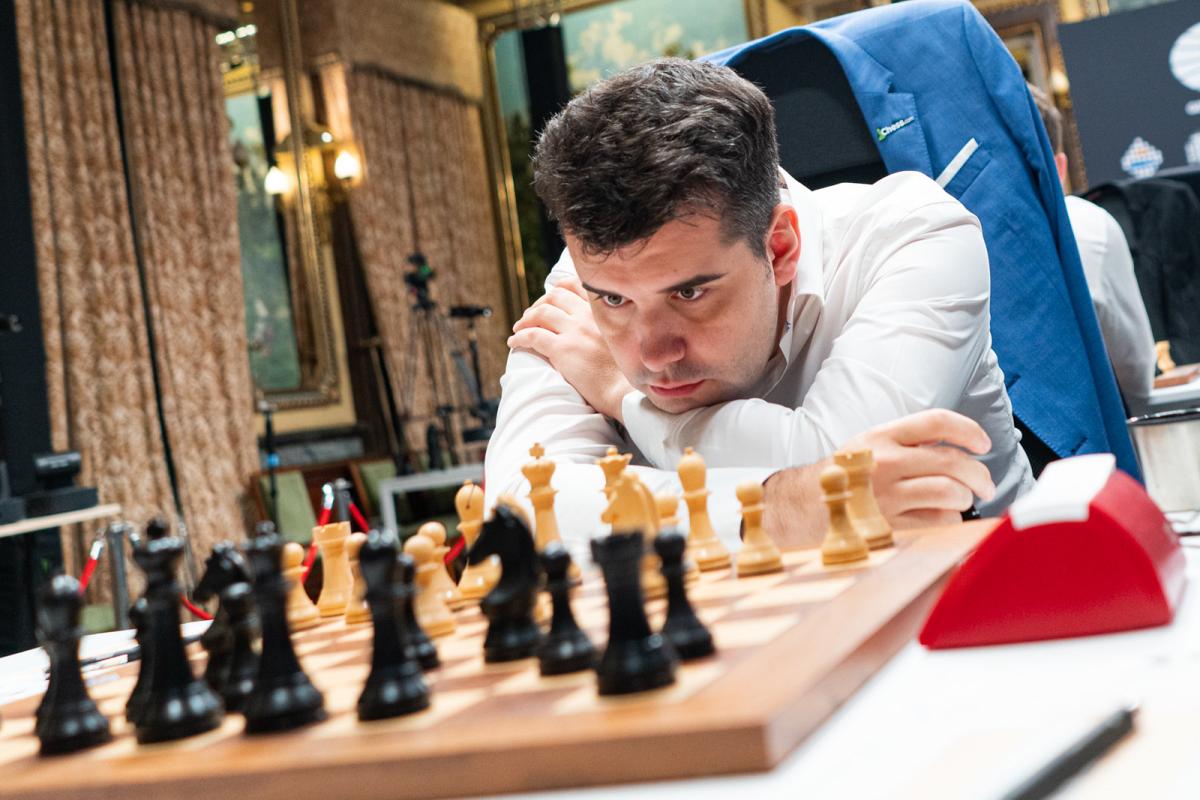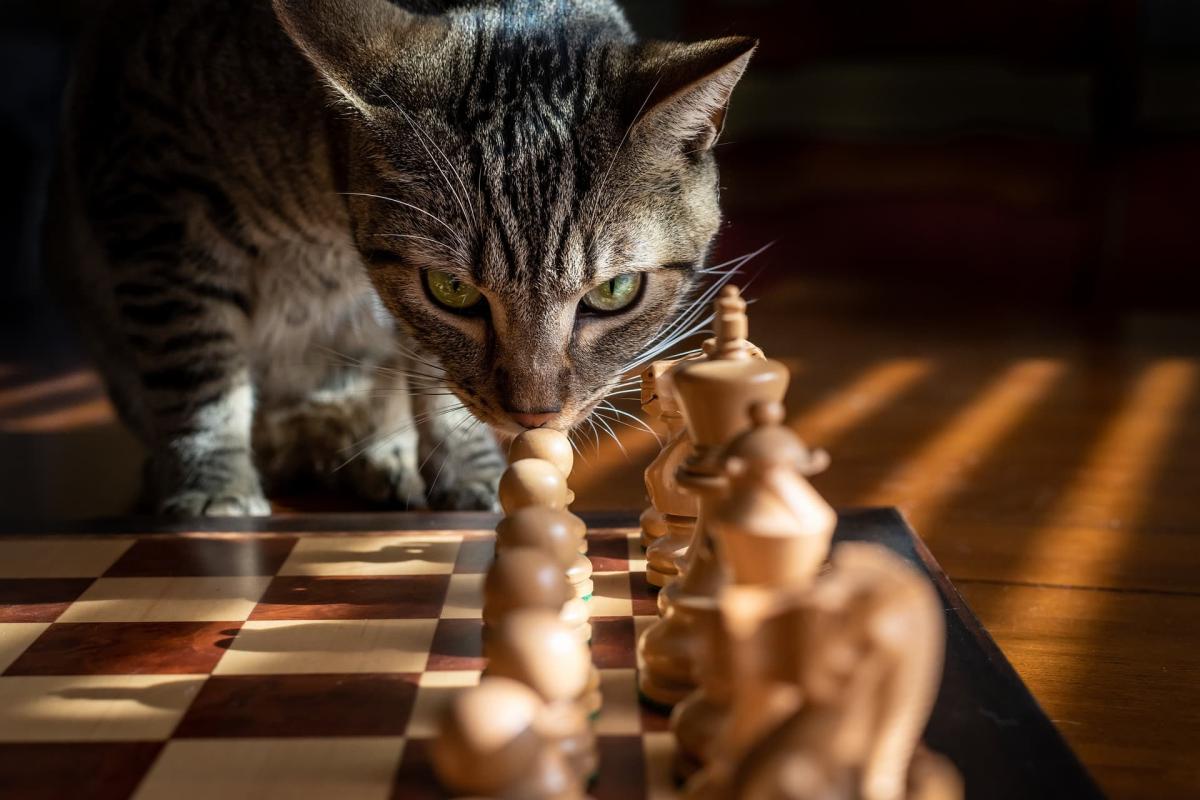Passed pawns are pawns that can no longer be blocked or captured by any of the opponent’s pawns. They represent a huge threat in the endgame as they are prime candidates for promotion, and these gameplay scenarios almost always revolve around one of the players trying to push them to the eighth row to get a new queen, with the other side aiming to hold back the tide.
Aron Nimzowitsch once wrote, “A passed pawn is a criminal which should be kept under lock and key. Mild measures, such as police surveillance, are not sufficient.” Here’s a classic example of how White can create a passed pawn, and just how important it can be:

With the kings too far to intervene (and Black threatening to gobble up the White pawns from behind), the clock is ticking. With the sacrifice of two pawns, however, the third is guaranteed to get through, winning the game after turning into a queen. After 1. g6!, Black needs to capture, and no matter which pawn they capture with, White pushes to sacrifice a second pawn on the other side, creating a pathway for the third (for example, 1. g6 fxg6 2. h6 gxh6 3. f6 with queening to follow.)
There is a special significance of an outside passed pawn (one on either the a- or the h-file), whose distance from the rest of the action can often turn into a decisive advantage. Another notable version of the passed pawn is the protected passed pawn, which is protected by a fellow pawn, making it extra difficult to efficiently remove. The pawn square rule is a great way to figure out whether you can track down a passed pawn in time.












Published: Dec 29, 2022 11:14 am